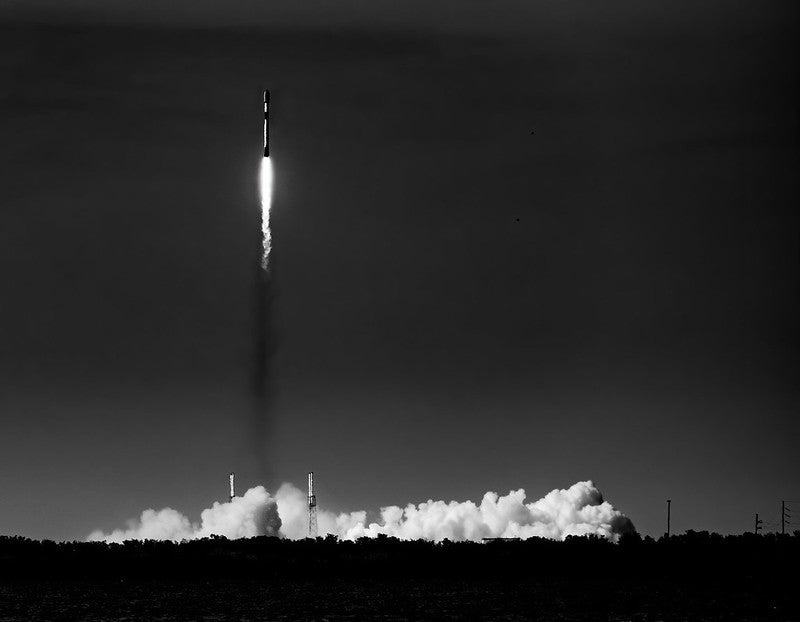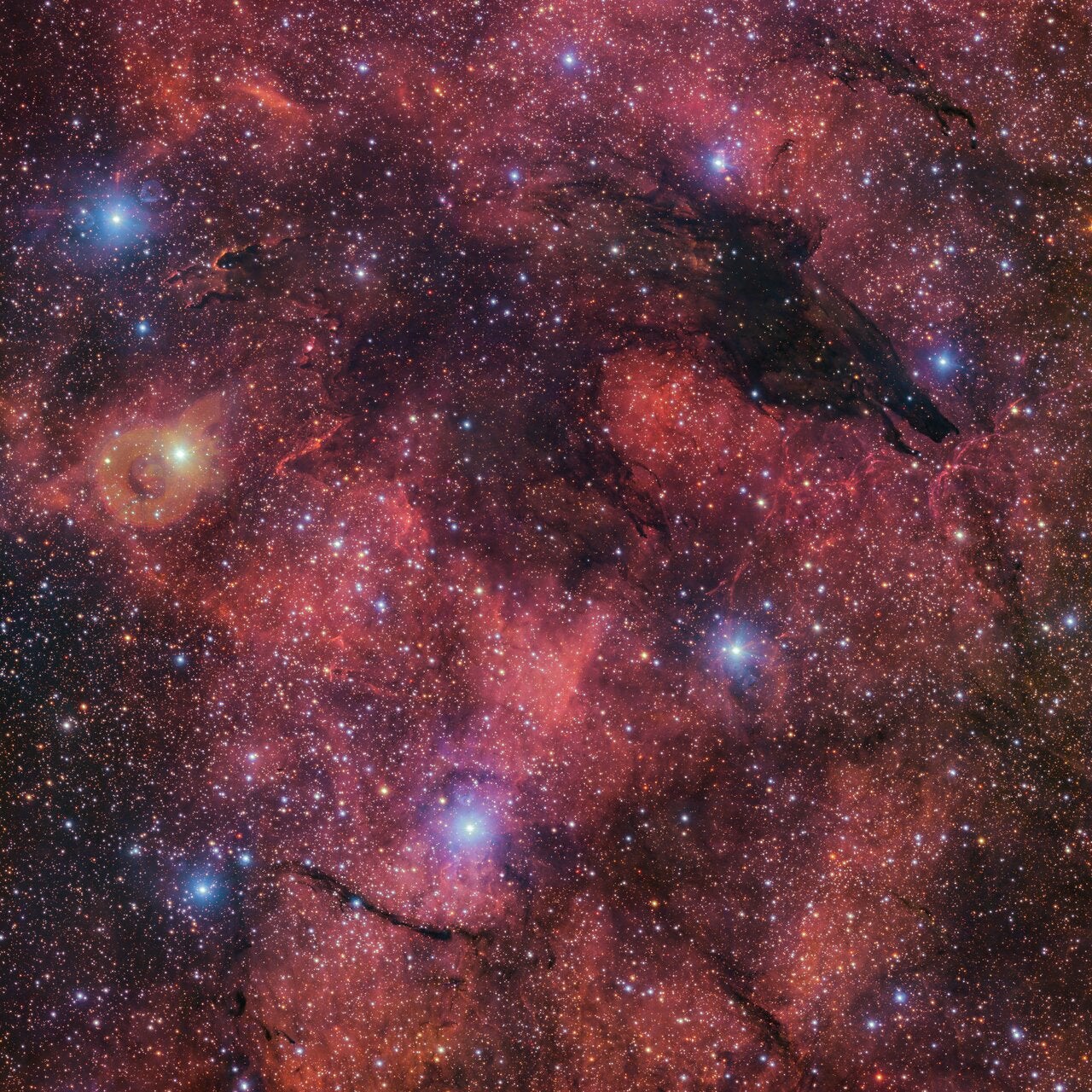
A SpaceX rocket carrying Starlink satellites into low Earth orbit will launch on May 14, 2022. Credit: Charles Boyer (Flickr, CC BY-NC 2.0)
Citing environmental concerns, 120 astronomers and researchers implored the Federal Communications Commission (FCC) in an Oct. 24 letter to halt launches of Internet satellites like SpaceX’s Starlink.
The letter, organized by the Public Interest Research Group, also urged the head of the FCC’s space office, Julie Kearney, to investigate the potential negative environmental and health impacts of the expected vast increase in satellites disposed of in the atmosphere.
Launches are increasing
The number of existing satellites has increased 12-fold in the past five years, and SpaceX alone has launched about 60 percent of them. And in 2022, the U.S. Government Accountability Office (GAO) projected that 58,000 satellites would be launched by the end of the decade.
According to existing practices, to avoid the possibility of long-term defunct space junk, satellites of large megaconstellations are placed in low orbit so that they naturally deorbit after five years. They will then have to be replaced by subsequent launches.
Such satellites have increased global access to the Internet. But the letter argues that unbridled competition between multiple megaconstellations should not be placed before possible environmental harm.
The American Astronomical Society (AAS) sent a letter to policymakers on September 27 detailing similar concerns.
Increasingly, researchers have flagged the potential environmental impacts of satellite megaconstellations, not just in emissions from launches, but also in the metals that burn in the atmosphere when satellites re-enter. The AAS estimated that a constellation of 42,000 satellites vaporized over a five-year cycle would deposit at least 8,000 tons of metals into the atmosphere each year. And a study published in June on Geophysical Research Letters predicted that continued disposal of megaconstellation satellites into the atmosphere would release nearly 400 tons of aluminum oxide compounds into the upper atmosphere each year, which could significantly deplete the ozone layer.
Satellite megaconstellations have already been scrutinized for light pollution, which can negatively impact astronomical observations and animal behavior.
Related: Megaconstellations are changing the night sky forever
Environmental concerns
The problem, PIRG says, lies in how the FCC classifies satellites under the National Environmental Protection Act (NEPA). This legislation requires an evaluation of any major federal action that significantly impacts the environment. In issuing satellite licenses, the FCC exempted large constellations from review. The letter called on the FCC to end its practice of categorical exclusions for satellites, noting that the GAO found that the FCC “does not have a documented reason” to do so.
The FCC is planning to review its categorical exclusion policies and expects to develop revisions to its current NEPA rules with the Council on Environmental Quality, which governs these policies, by July 1, 2025.

